The scientific evidence for lucid dreaming normally starts with the work of Keith Hearne, PhD at the University of Hull (UK) in 1975 and Stephen LaBerge, PhD at Stanford in 1978. While graduate students, they both separately realized that an experiment could be created to provide evidence that a dreamer was consciously aware of dreaming, while in the dream state. Noting that in the dream state, people normally have Rapid Eye Movement (REM), they brought lucid dreamers into the sleep lab, and asked them to become lucidly aware in a dream and then ‘signal’ their awareness by moving their eyes left to right a predetermined number of times. Seeing this left-right ‘signal’ on the REM readout would provide evidence for being consciously aware in the dream state.
Hearne, working in the sleep lab with the talented lucid dreamer, Alan Worsley, captured this eye-signal verification evidence in April 1975 on the rapid eye movement polygraph readout. LaBerge, using himself as the lucid dreaming subject in the Stanford sleep lab, captured his first lucid eye-sgnals in Feb. 1978. Looking back at that first scientifically acceptable evidence, Keith Hearne said, “It was like getting signals from another world. Philosophically, scientifically, it was mind blowing.”
With the publication of LaBerge’s work in Psychology Today in Jan. 1981, many of us learned of the scientific evidence in support of lucid dreaming. Hearne also published and discussed his results at various events and publications (see his website for more details at www.KeithHearne.com ). LaBerge’s 1985 book, Lucid Dreaming, provided additional research and insight on lucid dreaming, which helped him become a widely read author and noted researcher in the emerging science of lucid dreaming.
Before the evidence from LaBerge and Hearne, the idea and experience of lucid dreaming existed; however, the lack of scientific evidence left it doubted and even considered ‘impossible’ by many. Books in the 1970’s by authors like Celia Green, Patricia Garfield and Carlos Castaneda broached the topic and provided some information about lucid dreaming. Yet, until the scientific evidence emerged, lucid dreaming seemed too incredible to take seriously.
Looking deeper into history, one finds that lucid dreaming appears as a deeply explored and used spiritual practice in Buddhist, Sufi, Hindu, shamanic and other traditions. Some authors, like Tenzin Wangyal Rinpoche, suggests that the Tibetan shamanic Bon tradition knew about and utilized lucid dreaming for almost 8,000 years. Written records about lucid dreaming exist in spiritual texts more than a thousand years ago. Although we may prefer to see the ‘science’ of lucid dreaming emerging from the 1970’s, the actual exploration, understanding and science of lucid dreaming seems thousands of years old.
Research Since the 1980’s
When it comes to the science research on dreaming and lucid dreaming, the amount of research funds devoted to this around the world probably amounts to a half million dollars per year, or less (and often much less). Totally underfunded and in many ways neglected, lucid dream research moves very, very slowly and often fails to attract the attention that such a discovery deserves. It seems easy for a practicing lucid dreamer to move quickly beyond the ‘scientifically’ explored aspects of lucid dreaming, therefore. However, a lucid dreamer can conduct personal and private experiments within the lucid dream, and proceed to explore it rationally.
As it stands, the neuro-physiology of lucid dreaming has received the lion’s share of research focus. In the 1980’s, research looked at the REM state characteristics of pre-lucid and lucid dreaming. LaBerge investigated in numerous studies the connection between actions performed in a lucid dream, and its affect on the physical body; these studies included lucid dreamers who altered breathing respiration, muscle tensing, eye movement, brain hemisphere function via singing and counting, and even lucid dream sex’s effect on the body. LaBerge concluded that actions performed in a lucid dream did have a corresponding influence on the physical body.
Other research looked at the prevalence of lucid dreaming in the population, gender predominance (J. Gackenbach), induction practices, possible use in halting recurring nightmares in PTSD and other areas.
More recently, neuro-physiological research led by Ursula Voss, PhD has investigated lucid dreaming using 19 channel EEG recording devices. Research supported by the Max Planck Institute has used fMRI and EEG devices to explore the brain activity in persons while lucid dreaming. These reports show that portions of the cerebral cortex associated with awareness and self reflection suddenly become active during a lucid dream, and broadly confirm the first person accounts of lucid awareness, reflection and directed action.
While exciting in many ways, neuro-physiological research looks at the brain’s experience of the lucid dream. But what about the lucid dreamer’s experience? What can science tell us about ‘how’ a lucid dreamer should relate to a threatening dream figure? Or what can science tell a lucid dreamer about seeking creativity, while consciously aware in a dream? How can you study ‘consciousness’ while being aware within the subconscious of a lucid dream?
In these books, Lucid Dreaming Plain and Simple and Lucid Dreaming: Gateway to the Inner Self, we explore these very important practical and conceptual needs of the lucid dreamer. Becoming consciously aware in the lucid dream seems the first step — you also need to understand ‘how’ to relate to the lucid dream, stabilize it and remain within it. By learning the principles and practices in these books, a thoughtful person has a much greater chance of feeling prepared to experience lucid dreaming at a more advanced level.
The 11th century Buddhist yogi, Naropa, deemed dream yoga (which relies deeply on the practice of lucid dreaming) as one of the six paths to enlightenment. This suggests, even to non-Buddhists, that lucid dreaming has considerable depth and wonder for those with a sense of curiosity and adventure. In these books, you will find helpful assistance, techniques and openings to the deeper experience of lucid dreaming.


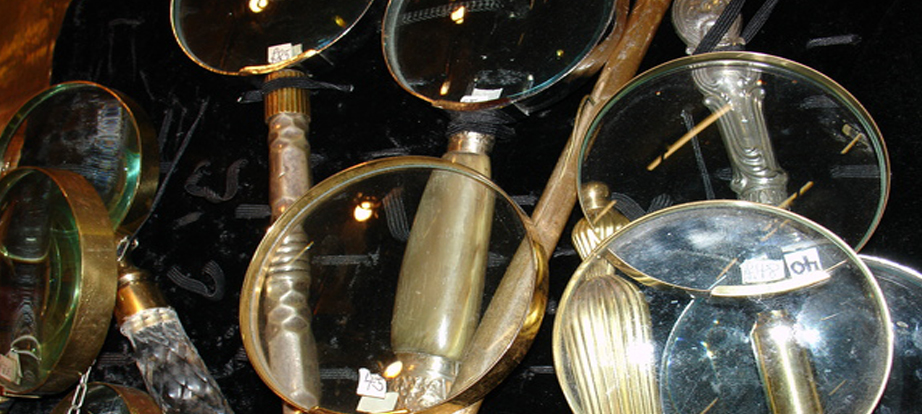
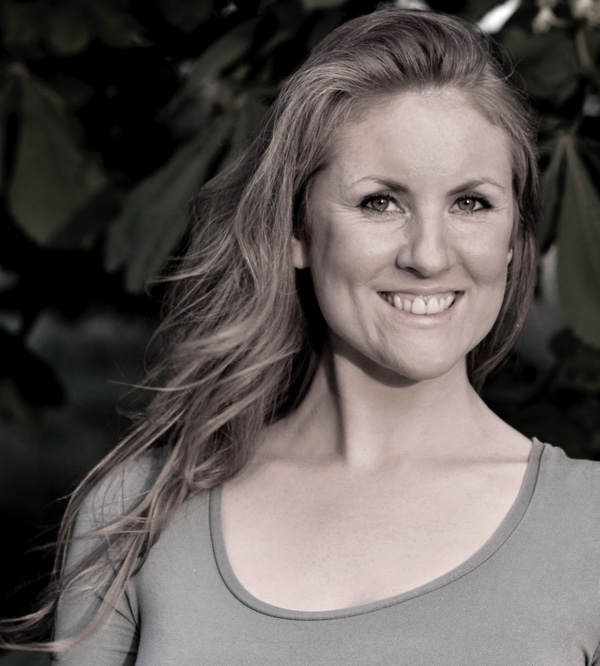
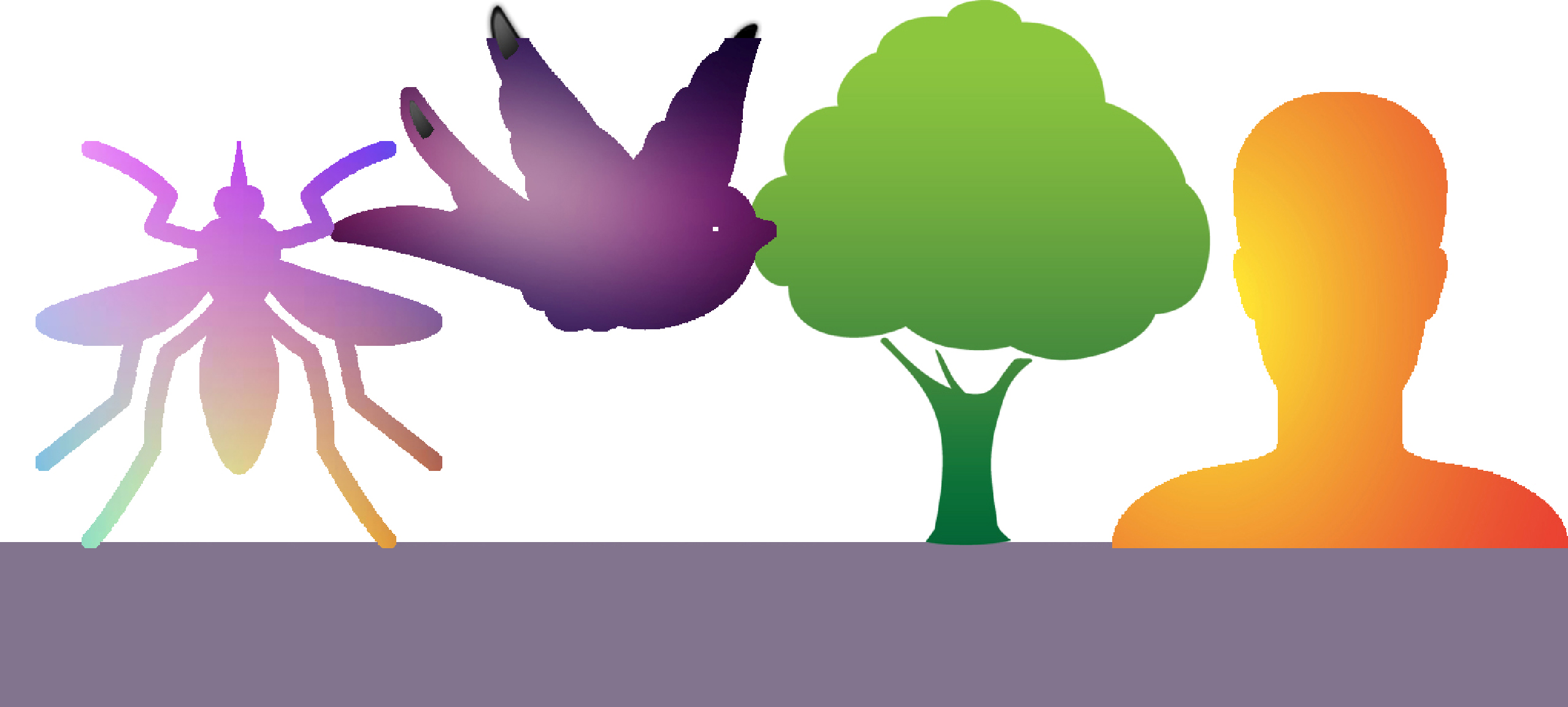
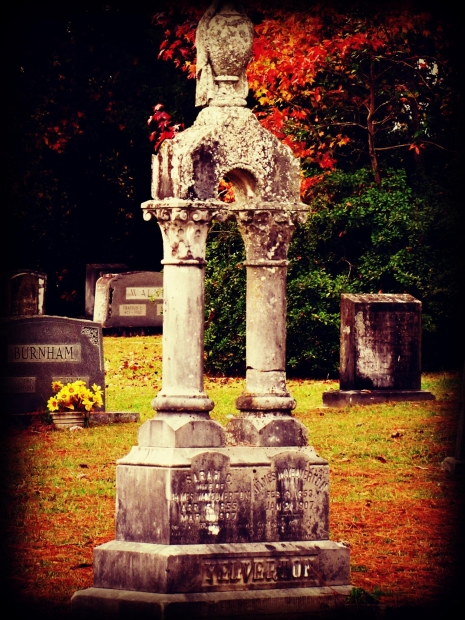
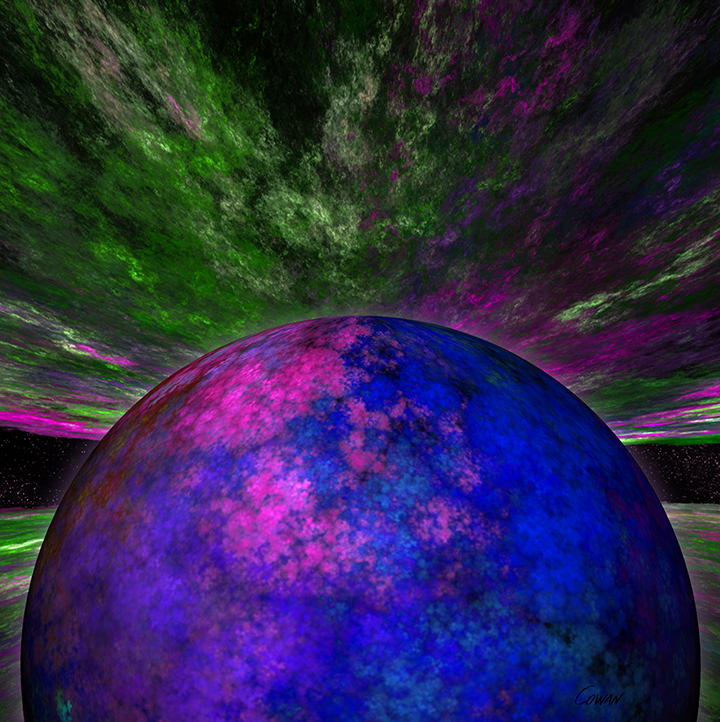

Leave A Comment